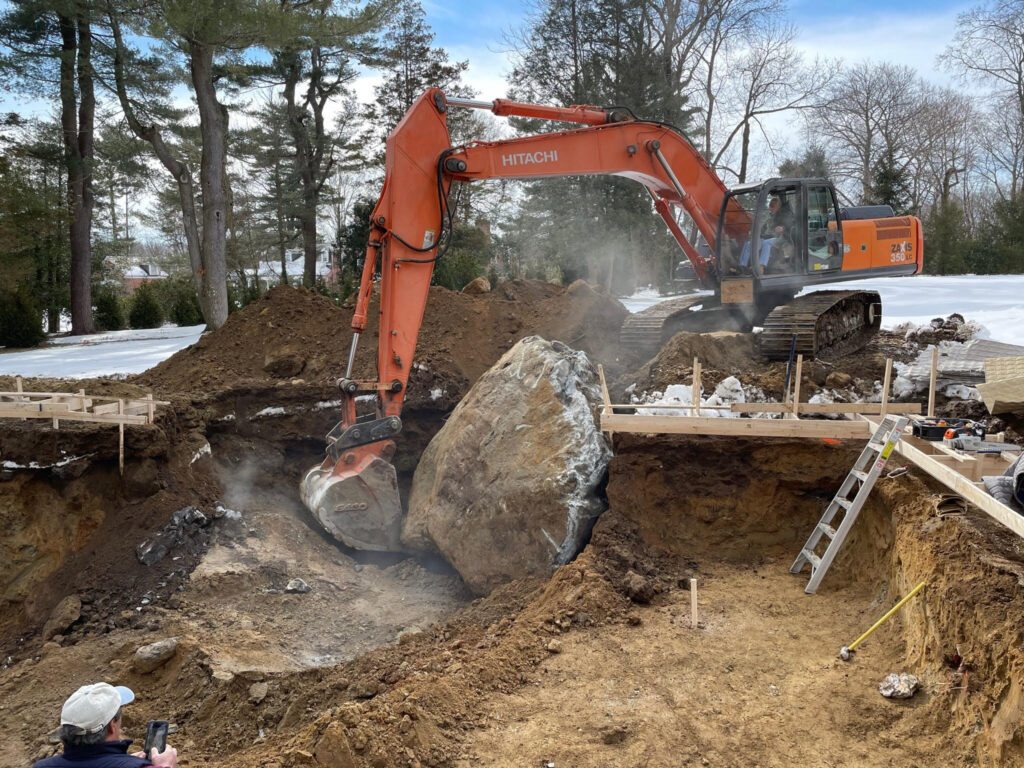
A house is not a home until it’s been lived in. But before that can happen, the house must be built. And that’s where residential construction comes in. Building a home from the ground up is a huge undertaking, but the end result is worth it.
Mark Mariani suggests that one of the benefits of residential construction is that you get to customize your home. This is especially true if you work with a custom home builder. You can pick out all the details of your home, from the floor plan to the fixtures and appliances. If you’ve ever wanted a home that’s truly unique, this is the way to go.
Another benefit of residential construction is that it can be more energy-efficient than buying an existing home. When you build a new home, you can choose energy-efficient windows, insulation, and other features. This will save you money on your utility bills over time and help you do your part for the environment.
If you’re looking for a challenge, residential construction can be a great option. Building a home is a complex process, and there’s a lot to learn. But if you’re up for the challenge, it can be very rewarding.
Of course, one of the biggest benefits of residential construction is that you get to move into a brand-new home. There’s nothing quite like having a home that’s all your own. When you build your own home, you get to choose every detail, from the paint colors to the flooring. And when you move in, you’ll be the first person to live there. That’s a pretty special feeling.
What is the difference between Residential and Nonresidential Construction?
The main difference between residential and nonresidential construction is that residential construction is typically done on a smaller scale than nonresidential construction. Residential construction includes houses, apartments, townhomes, and other dwellings that people live in.
Nonresidential construction includes office buildings, shopping malls, hotels, and other structures that are not meant for human habitation. Residential construction is generally less complex than nonresidential construction and often takes less time to complete.
Nonresidential construction projects are often more expensive than residential construction projects because they require more materials and labor. Nonresidential construction is also more likely to be regulated by government agencies than residential construction.
Residential construction is typically done by smaller companies or individual contractors, while nonresidential construction is usually done by large companies with multiple crews. Residential construction is less likely to be unionized than nonresidential construction.
How to check if a contractor is licensed for Residential Construction?
First, check with your state’s licensing board to see if the contractor is licensed and in good standing. You can also ask the contractor for proof of insurance. Make sure the policy is current and covers any damage that could occur during the construction process.
You should also get estimates from multiple contractors before hiring anyone. Ask each contractor for a list of references, and follow up with those references to make sure they had a positive experience working with the contractor.
Before starting work, have everything in writing, including a full contract outlining the scope of work, deadline, and payment plan. When negotiating with the contractor, don’t be hesitant to ask for the best price.
And finally, trust your gut—if something feels off, it probably is. Don’t be afraid to walk away from a bad situation. There are plenty of other contractors out there who would love to earn your business.